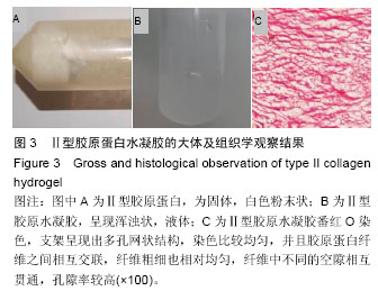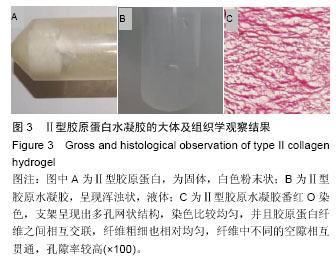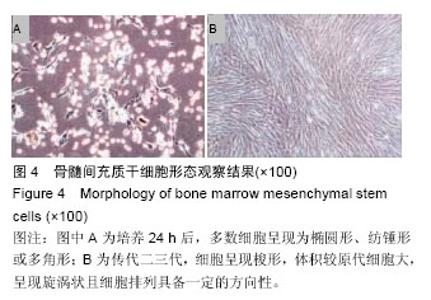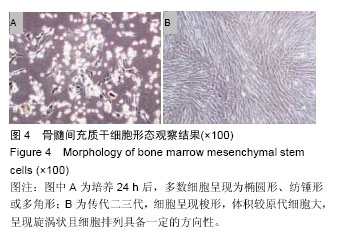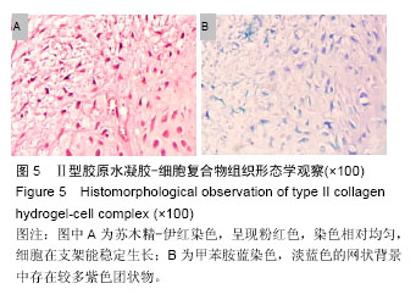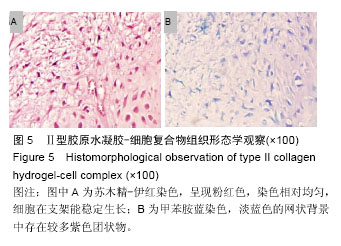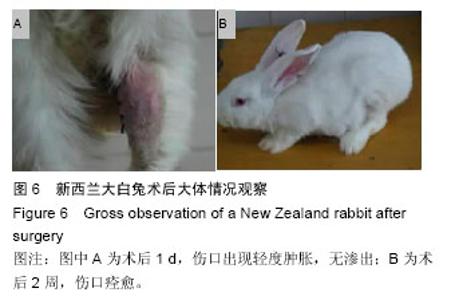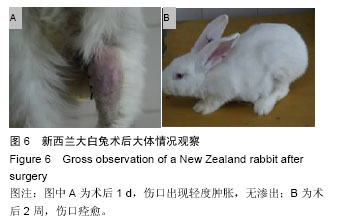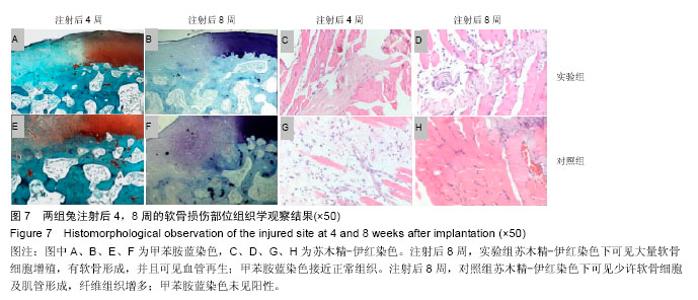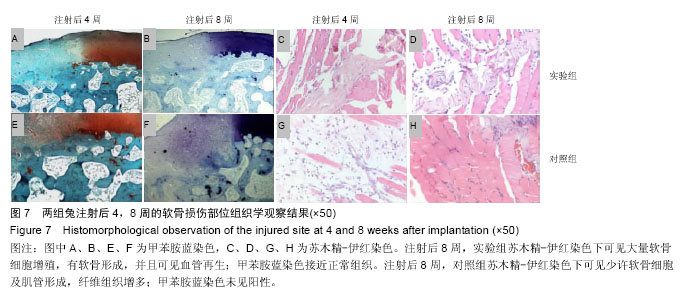| [1]Buckley CT,Vinardell T,Kelly DJ.Oxygen tension differentially regulates the functional properties of cartilaginous tissues engineered from infrapatellar fat pad derived MSCs and articular chondrocytes. Osteoarthritis Cartilage.2010;18(10): 1345-1354.
[2]Tigli RS,Akman AC,Gümü?derelio?lu M,et al.In Vitro Release of Dexamethasone or bFGF from Chitosan/Hydroxyapatite Scaffolds.J Biomater Sci Polym Ed.2009;20(13):1899-1914.
[3]宁志刚,王富友,崔运利,等.可溶性猪软骨Ⅱ型胶原蛋白的提取与鉴定[J].重庆医学,2011, 40(10):954-955.
[4]Solchaga LA,Penick K,Goldberg VM,et al.Fibroblast growth factor-2 enhances proliferation and delays loss of chondrogenic potential in human adult bone- marrow-derived mesenchymal stem cells.Tissue Eng Part A.2010;16(3):1009-1019.
[5]杨志丽,高谦,王刚,等.软组织内热针与银质针对大鼠骨骼肌慢性损伤后 SOD MDA 水平的影响[J].中华保健医学杂志,2011,13(1):28-30.
[6]Park H,Temenoff JS,Tabata Y,et al.Effect of dual growth factor delivery on chondrogenic differentiation of rabbit marrow mesenchymal stem cells encapsulated in injectable hydrogel composites.J Biomed Mater Res A.2009;88(4):889-897.
[7]华冰,董柔,苏全生.大强度离心运动大鼠不同时相骨骼肌结构及血白细胞介素 6、肌酸激酶、肌酸激酶同工酶的变化[J].基础医学,2009,13(28):5534-5538.
[8]张一,杨柳.水凝胶在软骨组织工程中的应用[J].中华创伤骨科杂志,2011,13(5):478-480.
[9]宁志刚,杨柳,王富有,等.保留钙化层结构的猪股骨滑车全厚软骨缺损模型建立[J].中国修复重建外科杂志, 2012, 26(5):527-531.
[10]Zhang Y,Wang F,Chen J,et al.Bone marrow-derived mesenchymal stem cells versus bone marrow nucleated cells in the treatment of chondral defects.Int Orthop. 2012;36(5):1079-1086.
[11]潘珍珍,潘陈为,陈永平.大鼠肝脏白细胞介素-1α和白细胞介素-6 的表达与肝纤维化的相关性分析[J].实用医学杂志,2007,23(19):2988-2989.
[12]Chen X,Wang K,Chen J,et al.In vitro evidence suggests that miR-133a-mediated regulation of uncoupling protein 2(UCP2) is an indispensable step in myogenic differentiation.J Biol Chem. 2009;284: 5362-5369.
[13]于新凯,石鹏超,左群.运动性损伤后大鼠骨骼肌转化长因子β1变化的研究[J].中国体育科技,2011,47(5):128-132.
[14]Cacchiarelli D,Martone J,Girardi E,et al. MicroRNAs involved in molecular circuitries relevant for the Duchenne muscular dystrophy pathogenesis are controlled by the dystrophin/nNOS pathway.Cell Metab. 2010;12(4):341-351.
[15]宋卫红,汤长发,梁小文,等.运动性骨骼肌损伤相关指标的实验研究[J].首都体育学报, 2011,23(2):184-192.
[16]McCarthy JJ,Esser KA,Peterson CA,et al.Evidence of MyomiR network regulation of β-myosin heavy chain gene expression during skeletal muscle atrophy. Physiol Genomics.2009;39:219-226.
[17]陈国庆.运动队肌卫星细胞的影响及作用机制[J].四川解剖学杂志,2011,19(2):520-521.
[18]孙婧瑜,陆耀飞.机械生长因子对骨骼肌卫星细胞的调控[J].中国组织工程研究与临床康复, 2010,14(20):3740- 3743.
[19]Rathbone CR,Yamanouchi K,Chen XK,et al.Effects of transforming growth factor-beta (TGF-β1)on satellite cell activation and survival during oxidative stress.J Muscle Res Cell Motil.2011;32(2):99-109.
[20]杨桢,任慧利,徐莉莉.当归低容受性鼠子宫内膜IL-1β表达的影响及相关模型医内涵探讨[J].辽宁中医药大学学报, 2011,13(8):92-94.
[21]宋佳,曾缨,郑民缨,等.肌肉特异性微小RNA和成肌调节因子在C2C12细胞成肌分化过程中的表达[J].中国组织工程研究,2012,16(32):5999-6005.
[22]陈霓,于新凯.下坡跑后大鼠腓肠肌成肌调节因子的变化[J].中国应用心理学杂志,2010,26(4):420-42.
[23]刘宇,陈佩杰,肖卫华.中性粒细胞与骨骼肌损伤修复[J].沈阳体育学院学报,2014, 33(3):131-135.
[24]于天水,官大威,赵锐,等.大鼠骨骼肌损伤后中性粒细胞、巨噬细胞和肌成纤维细胞数量分析研究[J].中国组织化学与细胞化学杂志,2013,22(6):457-461.
[25]潘亚平,乔勇,刘杨,等.不同死亡方式大鼠骨骼肌羟脯氨酸含量比较[J].山西医科大学学报,2009,40(3):212-214.
[26]张翔,柴志铭,赵丽.延迟性肌肉酸痛与骨骼肌卫星细胞:骨骼肌损伤的修复[J].中国组织工程研究, 2015,19(37): 6031-6036.
[27]Nierobisz LS,Cheatham B,Buehrer B,et al.High-content screening of human primary muscle satellite cells for new therapies for muscular atrophy/dystrophy.Curr Chem Genomics Transl Med.2013;3(7):21-29. |
